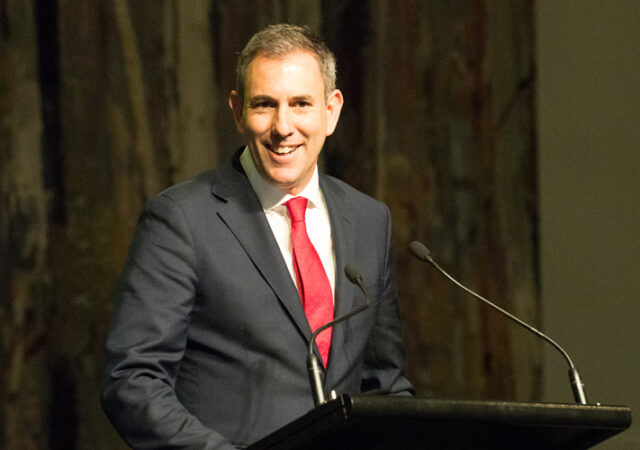While we have taken many positive steps towards gender equality in Australia, it’s a sad truth that on average woman retire with $90,000 less in super and will live five years longer than men.
Women are caught in a double whammy of low super financing a longer life. How on earth does this happen?
First, there’s the gender pay gap. The average woman in Australia earns less than her male counterparts, and as a result receives less compulsory employer super contributions.
Second, is family. Many women still take on the role of primary carer when they have kids, meaning extended time out of the workforce. Many only return to work part-time (if at all).
It was great to see this month’s Federal Budget take a small step in rectifying the situation by allowing (from July 2017) catch-up concessional super contributions for those people with balances under $500,000 who did not reach their $25,000 concessional contribution cap in earlier years
In the face of these challenges, we can’t stress enough how important it is for women in particular to take control of your superannuation now.
Here are five simple strategies to boost your retirement savings, regardless of income.
- Consolidate
Having multiple superannuation accounts means you’re paying multiple sets of fees. The result? Less money in retirement.
You are in total control of where your super lives, so it’s up to you to reduce these costs and consolidate your super into one account.
Register with MyGov (my.gov.au) and link your account to the Tax Office to get an overview of all the super accounts held in your name, including any you may have forgotten about.
You can kick off the consolidation process from there. Alternatively, contact your main fund and ask for help moving your money across… they’ll be more than happy to assist.
- Government contributions
If you earn less than $50,454 each year and pass the eligibility test, you can take advantage of the government’s super co-contribution.
That means, if you make an after-tax contribution to super, the government will make a co-contribution into your fund, up to a maximum of $500.
People earning less than $37,000 may also be eligible for the low-income super contribution, or LISC. This is currently equal to 15 per cent of the concessional super contributions your employer makes into your fund over a year.
And for low income earners, your spouse may also make contributions to your super account (and in certain circumstances receive a tax-offset).
Visit the ATO website (ATO.gov.au) for more details and to see if you’re eligible.
- Salary sacrifice
Salary sacrificing allows you to take some of your pre-tax earnings and funnel them directly into your super fund.
These contributions are taxed at a concessional rate, and not subject to the marginal tax rate your take-home pay would be.
Plus, any investment earnings you make inside super will be taxed favourably too, and you’ll also pay less income tax. Salary sacrificing can be an effective way to really boost your retirement savings, particularly for people approaching retirement.
- Seek advice
Superannuation is a complex area littered with confusing jargon, which means working out the best course of action to maximise your balance at retirement can be difficult.
But don’t let confusion turn into apathy.
If you’re struggling to make sense of super, a good financial adviser will have the skills and knowledge required to boost your balance and educate you on how it works.
We really believe that sometimes the best investment is good advice. The cost is tax deductible and many superannuation funds have approved advisers they can organ access to.
- Focus on career
Finally, this isn’t directly related to your super fund, but it’s still important.
Research shows women are less likely to negotiate when it comes to their pay packet compared to men… or they don’t negotiate as hard.
Over the course of a career, this can really hurt your pay packet… and your super balance.
So if you are working, make sure you understand your worth and don’t be afraid to negotiate fairly when the time comes.
Taking control of your super by following these five steps is another simple but positive step towards gender equality in this country.
FINDING THE BEST ADVICE
It doesn’t matter where you are in life, a good financial adviser can help you achieve your goals.
But with over 15,000 advisers in Australia, choosing the right one can be a real challenge.
Here are three tips to help narrow the field.
FIRST, look around
Professional associations will be able to locate member advisers in your area.
Banks and super funds can also help, while recommendations from friends can uncover proven performers.
There is also a new website www.adviserratings.com.au which is a sort of Trip Adviser for financial planners. Over 18,000 advisers are listed with all their details and qualifications, and are rated by their clients.
We need to declare that we’ve helped them develop their site as we reckon it’s a step forward in transparency of advice.
NEXT, do your homework
You’re trusting them with your financial future, so you need to be confident before committing.
Ask potential advisers for a copy of their Financial Services Guide, look into their professional qualifications and ask for references.
FINALLY, know what you’re paying
Make sure the adviser runs through their fees in detail.
Ask if they’ll be charging commission payments, fixed fees, or a combination of both, and how often you’ll be paying.
And if you don’t understand anything, speak up – there are no dumb questions.




























Trending
Sorry. No data so far.